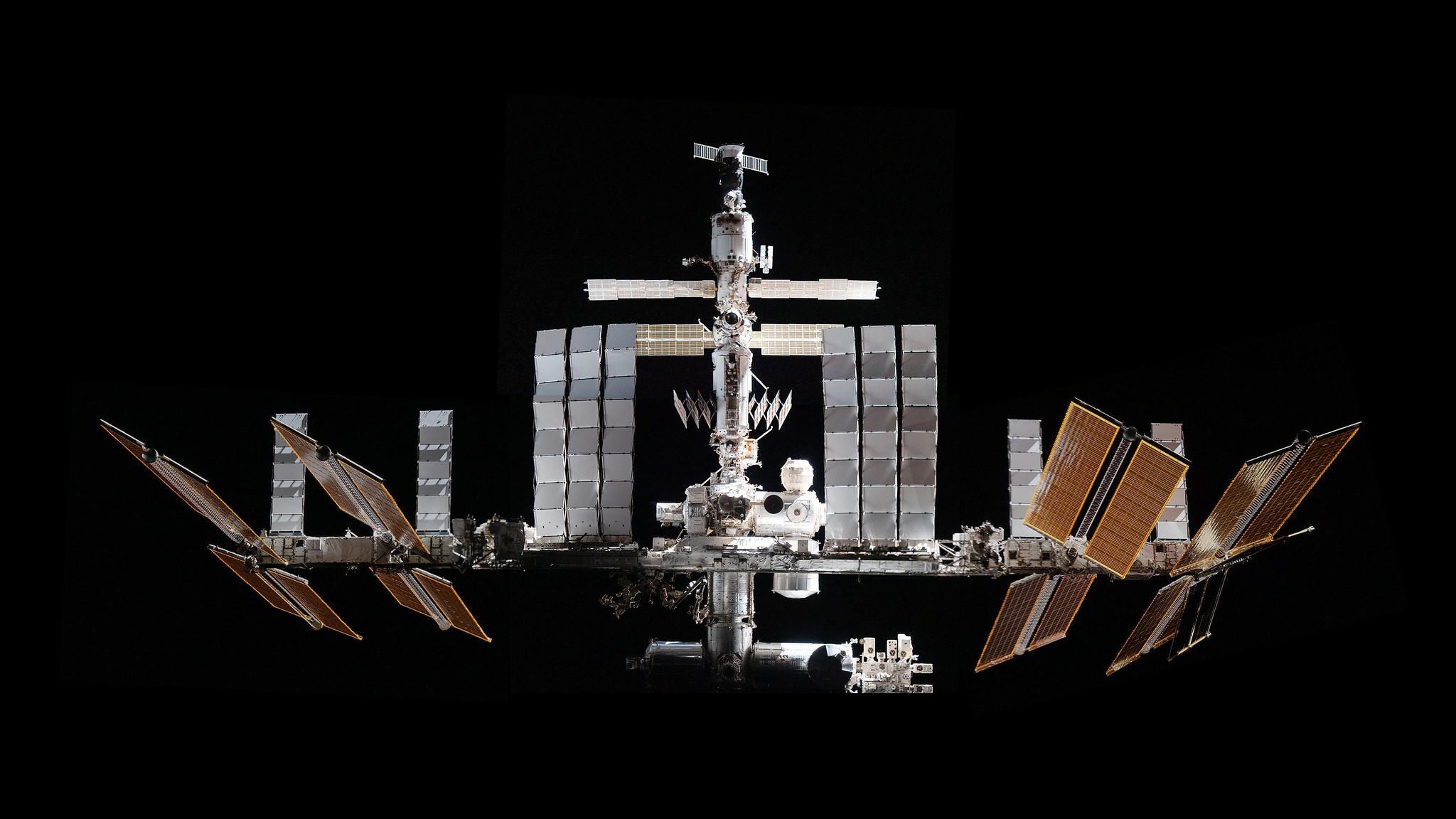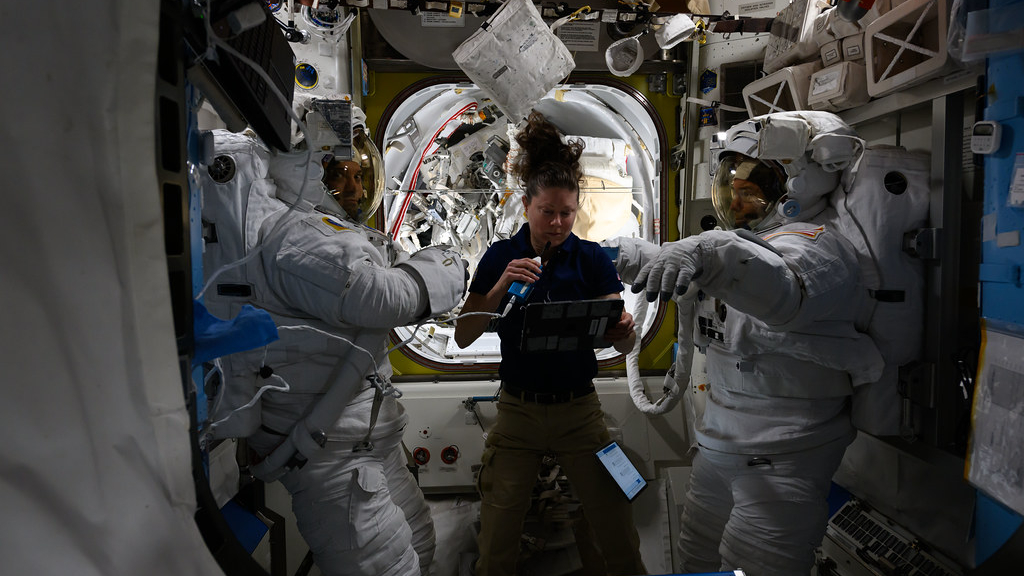
It sounded like a nightmare scenario: An astronaut commander on the International Space Station in distress, suffering from decompression sickness and a flight surgeon on Earth stuck in traffic giving advice that was broadcast live on an official NASA livestream.
But while it seemed all-too-real, the scenario was actually audio from a simulation on Earth that, somehow, made it out on NASA's public broadcast, sparking news and social media reports of a dire situation in space.
"There is no emergency situation going on aboard the International Space Station," NASA officials confirmed in a statement on X (formerly Twitter) Wednesday night (June 12) as initial reports surfaced. "At approximately 5:28 p.m. CDT, audio was aired on the NASA livestream from a simulation audio channel on the ground indicating a crew member was experiencing effects related to decompression sickness (DCS). This audio was inadvertently misrouted from an ongoing simulation where crew members and ground teams train for various scenarios in space and is not related to a real emergency."

In the simulation audio, which ran for about eight minutes on NASA's International Space Station (ISS) livestream channels, a flight surgeon can be heard giving advice on how to treat an astronaut in the throes of decompression sickness. She advises responders to get the astronaut back in his spacesuit quickly and on pure oxygen, while also sharing details for a hospital in Spain for emergency hypobaric treatment after returning to Earth with an ocean splashdown.
"Unfortunately, the prognosis for commander is rather tenuous, I would say, to keep it generic," the unnamed flight surgeon says in the simulation audio. The flight surgeon then said she was still an hour away from Mission Control and stuck in traffic.
Decompression sickness is a very real danger for astronauts in space as they live in a pressurized habitat surrounded by the harsh airless environment of space. During spacewalks, astronauts in pressurized spacesuits exit the ISS by depressurizing its airlock and opening an outer hatch. They reenter by shutting the hatch behind them, repressurizing the airlock and opening an inner hatch once they reach equilibrium. Only then do they take off their spacesuits.
NASA officials stressed that at no time was any part of the simulation real, nor were the current crew of the ISS part of the medical drill. The crew, which includes three Russian cosmonauts and six NASA astronauts, two of whom arrived last week on Boeing's first crewed Starliner spacecraft, was not even awake, NASA said.
"The International Space Station crew members were in their sleep period at the time," NASA officials said in the statement.
The crew is preparing for a busy spacewalk on Thursday (June 13). NASA astronauts Tracy Caldwell Dyson and Matthew Dominick are expected to spend more than six hours working outside the ISS to collect a faulty radio communications unit and gather sample swabs of the station's exterior as part of a study on microorganisms in extreme space environments.
The spacewalk will begin at 8 a.m. EDT (1200 GMT), with NASA TV coverage to begin at 6:30 a.m. EDT (1030 GMT). You can watch the spacewalk live on Space.com at start time.
"All remain healthy and safe, and tomorrow's spacewalk will start at 8 a.m. EDT as planned," NASA officials said.







